Girls Can’t Surf provides a fascinating insight into the development of women’s pro surfing.

Archival footage and interviews with some of the sport’s pioneering surfers chart the progress of the profession from the 1980s when the women were treated like second class citizens.
While the men received `rock star’ treatment, the women were forced to share dorm rooms with no hot running water.
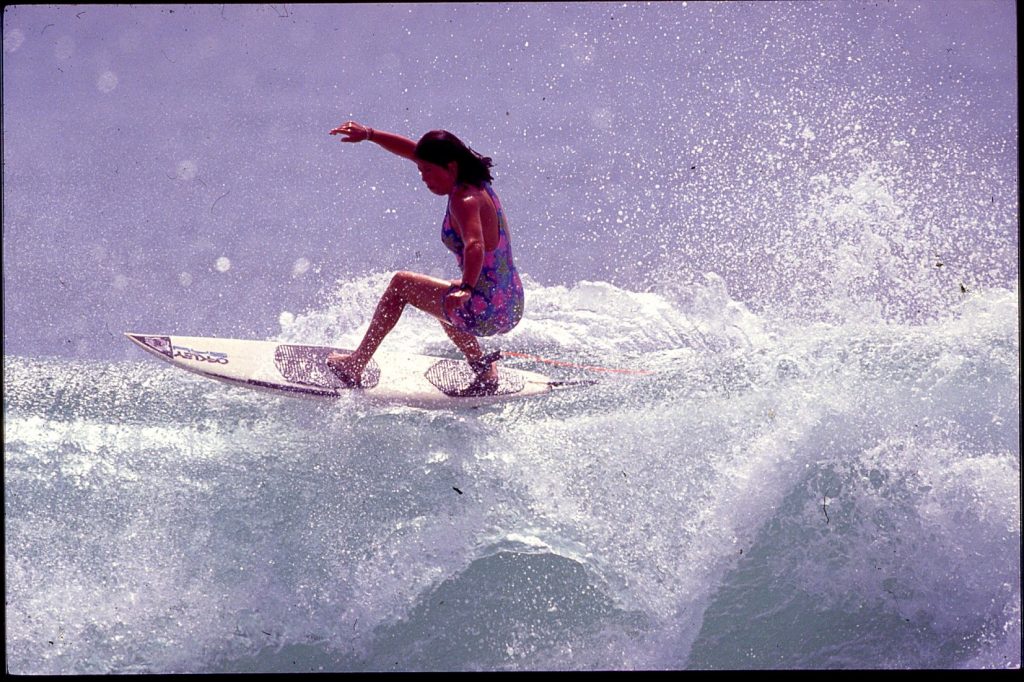
They were also made to wear impractical bathing suits and had to hold their competition during the men’s lunchbreak when the bikini competitions started.
The women were also forced to compete when the waves weren’t considered big enough to be worthy of the men’s competition. And they earnt a tenth of the prize money of the men.
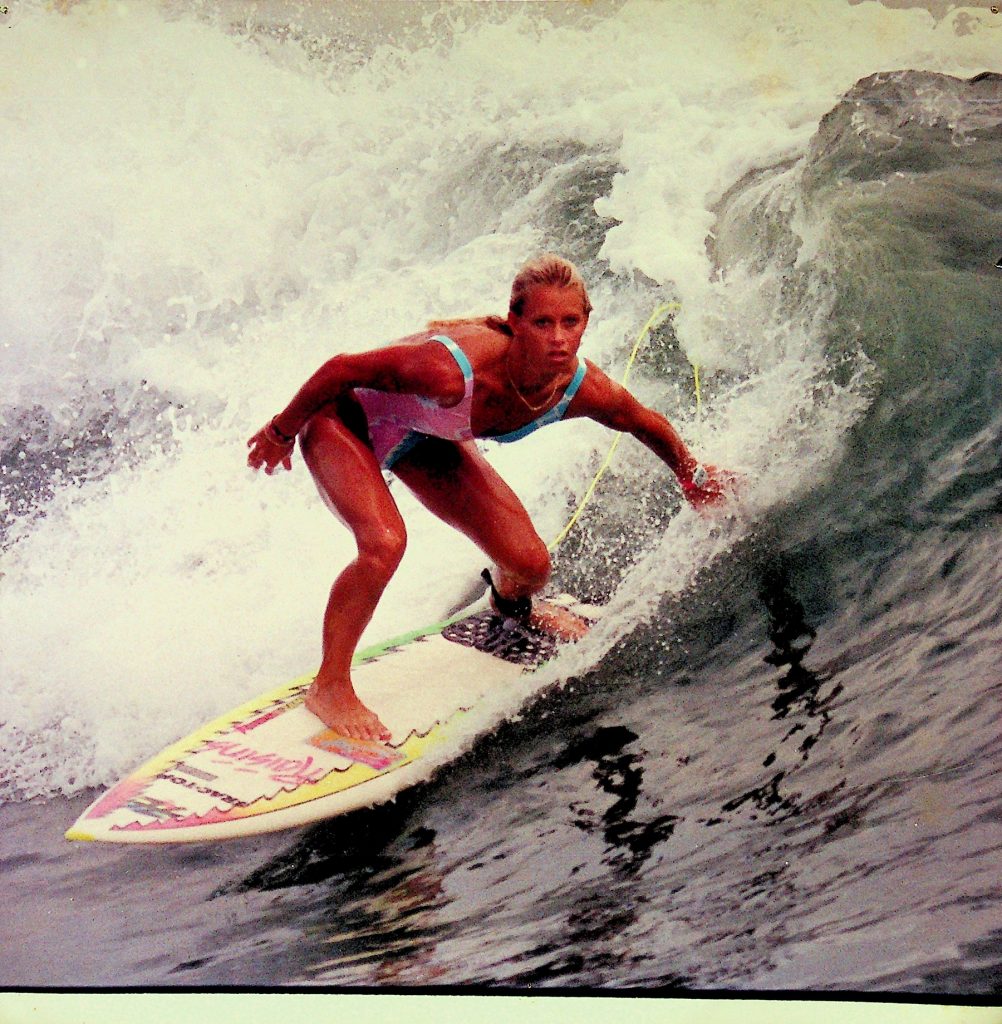
Through interviews with a number of surfers including Jolene and Jorja Smith, Jodie Cooper, Pam Burridge, Frieda Zamba,Wendy Botha, Pauline Menczer and Layne Beachley we learn about the many battles the women had with the male surfers, corporate sponsors and the governing body.
The documentary explains their motivations and explores their wins and setbacks. Sponsorship was a major issue. While even men who won just a few heats had no troubles finding sponsors, the women had to be at the top of their game, good looking and willing to hide their sexuality.
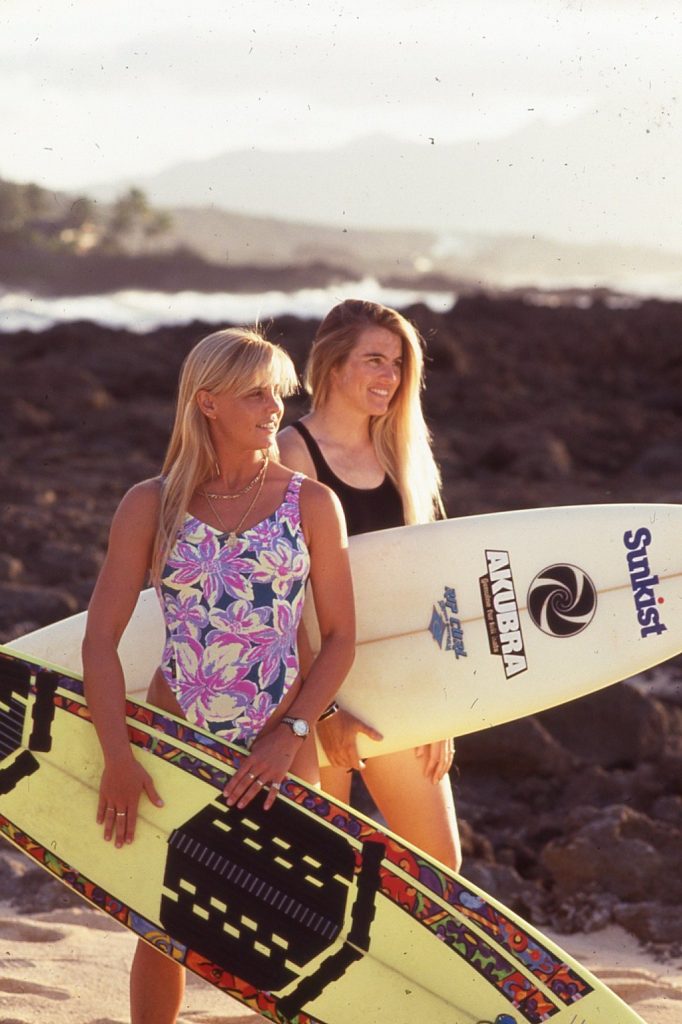
It wasn’t until 1989, when organisers of the world’s preeminent surfing competition, Huntington Beach OP Pro, decided to drop the women’s event in a bid to devote more prize money to the top 30 male surfers, that media began to take notice. Mass revolt against the decision forced the OP to renege.
Things got worse before they got better following the 1991 recession, which saw the sport plunge into crisis and women again bearing the brunt of the situation. As a result, almost half of the top eight female surfers retired in the mid-90s.
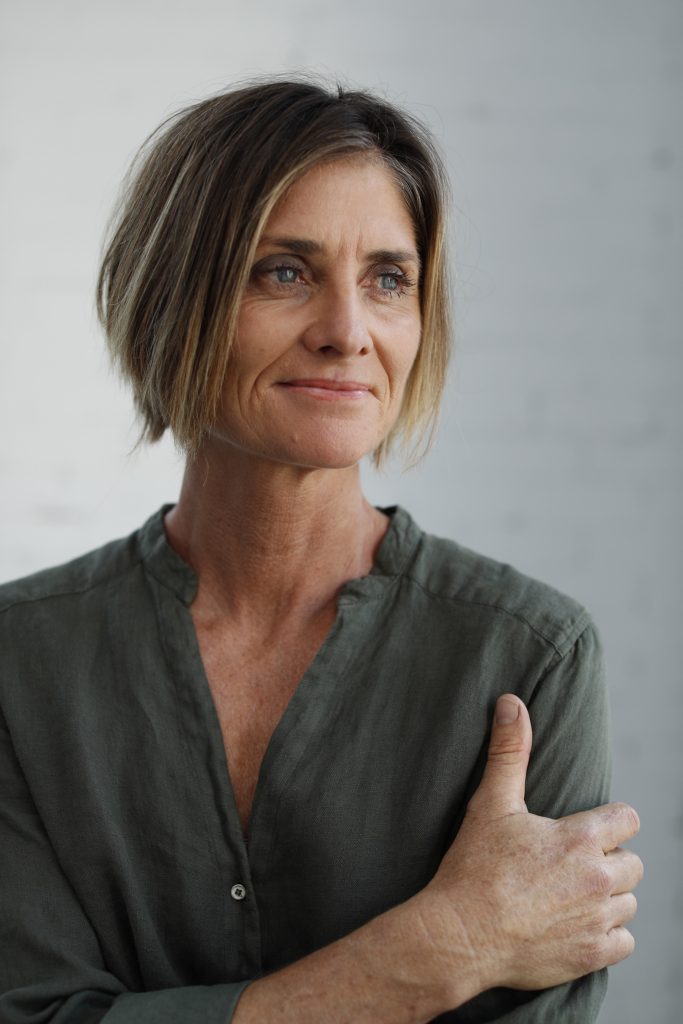
As we learn the breakthrough came in 1993 when Quicksilver noticed that girls were wearing boys’ boardshorts, prompting the expansion of its bikini brand, Roxy, to include dedicated surf wear for women.
Within four years, Roxy was turning over US$600 million annually. Suddenly, what was once an inconceivable sport for women, became fashionable, with millions of young girls buying boardshorts and an entirely new generation of female surfers coming through the ranks.
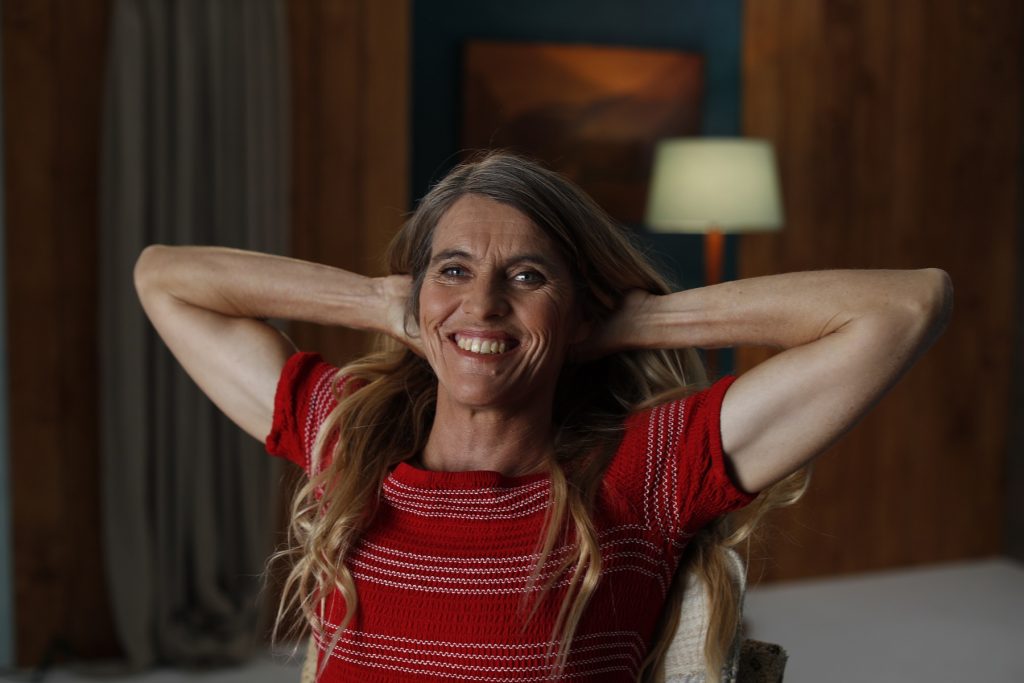
Yet it would take a further 25 years for equality. This occurred in 2018 when a photo of Ballito Pro Junior winners, Rio Waida and Zoe Steyn, highlighted the 50 per cent difference in prize money between the male and female winners. In 2019 the women finally received the same prize money as the men.
Hearing about the many personal challenges the women faced and the physical and psychological damage caused by those challenges is a highlight of Girls Can’t Surf. Their honesty ensures we understand far more about how women’s surfing evolved and the personal toll that journey took on some of its trailblazers.
Girls Can’t Surf is currently showing at selected cinemas around Australia.
- movie, reviews
Subscribe My Newsletter
Unsubscribe at any time.




